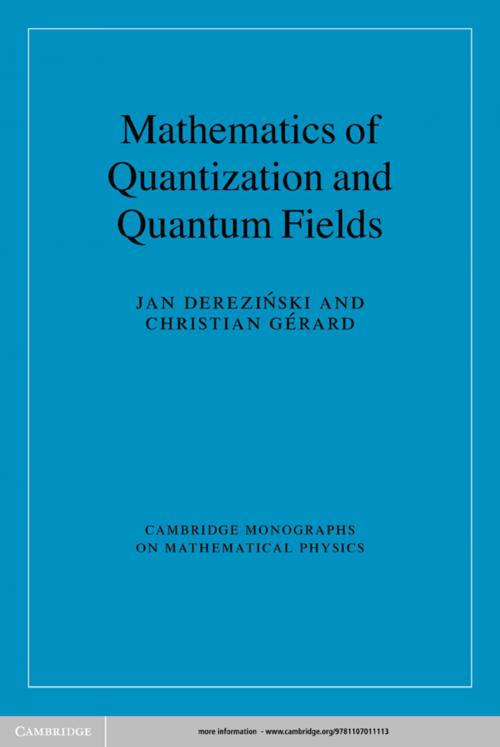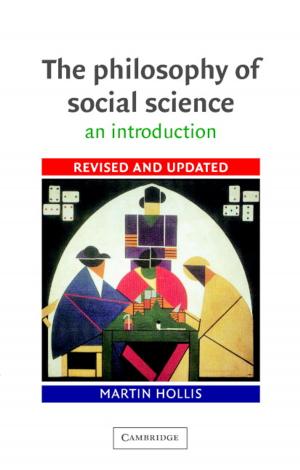Mathematics of Quantization and Quantum Fields
Nonfiction, Science & Nature, Science, Physics, Mathematical Physics, Mathematics| Author: | Jan Dereziński, Christian Gérard | ISBN: | 9781107326705 |
| Publisher: | Cambridge University Press | Publication: | March 7, 2013 |
| Imprint: | Cambridge University Press | Language: | English |
| Author: | Jan Dereziński, Christian Gérard |
| ISBN: | 9781107326705 |
| Publisher: | Cambridge University Press |
| Publication: | March 7, 2013 |
| Imprint: | Cambridge University Press |
| Language: | English |
Unifying a range of topics that are currently scattered throughout the literature, this book offers a unique and definitive review of mathematical aspects of quantization and quantum field theory. The authors present both basic and more advanced topics of quantum field theory in a mathematically consistent way, focusing on canonical commutation and anti-commutation relations. They begin with a discussion of the mathematical structures underlying free bosonic or fermionic fields, like tensors, algebras, Fock spaces, and CCR and CAR representations (including their symplectic and orthogonal invariance). Applications of these topics to physical problems are discussed in later chapters. Although most of the book is devoted to free quantum fields, it also contains an exposition of two important aspects of interacting fields: diagrammatics and the Euclidean approach to constructive quantum field theory. With its in-depth coverage, this text is essential reading for graduate students and researchers in departments of mathematics and physics.
Unifying a range of topics that are currently scattered throughout the literature, this book offers a unique and definitive review of mathematical aspects of quantization and quantum field theory. The authors present both basic and more advanced topics of quantum field theory in a mathematically consistent way, focusing on canonical commutation and anti-commutation relations. They begin with a discussion of the mathematical structures underlying free bosonic or fermionic fields, like tensors, algebras, Fock spaces, and CCR and CAR representations (including their symplectic and orthogonal invariance). Applications of these topics to physical problems are discussed in later chapters. Although most of the book is devoted to free quantum fields, it also contains an exposition of two important aspects of interacting fields: diagrammatics and the Euclidean approach to constructive quantum field theory. With its in-depth coverage, this text is essential reading for graduate students and researchers in departments of mathematics and physics.















